Over the past few weeks we had a chance to review a new tiny LED called Relio which is currently completing a successful funding campaign over on Kickstarter – here are our thoughts on this unique light.
Developed by a young resourceful and passionate group of Italian designers and engineers, the Relio is a tiny LED unit which can be used to light food, small products and even be used for video as a secondary light in some situations.
The Relio is the second small LED that we had a chance to test in the past two years and we were very interested to see how this small niche segment of tiny, portable lighting units had evolved and we also performed some comparison tests which you will be able to see later on in this review.
Relio – elegant light from Italy
Some basic specs for the Relio:
- Power 3.75w / 500 lumens.
- 3000 Kelvin (two other versions exit with 3500K or 4500K color).
- 96 CRI (or 92 CRI depending on the color version).
- 31 or 15 degree angle lenses (for either narrow or wider beam of light).
- Micro USB connector.
- 1/4″ 20 tripod connector at the bottom.
- Made from aluminium.
The video above is long so here is a table of contents to help you navigate around:
- 0-0:25 – Intro.
- 0:26- 10:45 – Design
- 10:46-17:00 – comparison with the Balled Pro.
- 17:01-20:22 – Outdoor tests.
- 20:23-21:43 – conclusion.
Design
The Relio is a small cube of about 3.5cm (1.5 inches) on each side made out of aluminium with a very nice black finish (the Relio actually won the A’ Design Award in the lighting category and quite rightfully so we might add).
The Relio is a very robust light – it feel quite a few times to the ground and nothing happened to it and the designers made sure that it will last for a very long time (we will discuss a few other aspects of this philosophy later on).
The Relio has cooling fins on two sides, something which is very important as the unit does get hot (actually even more cooling fins might have been a good idea), on the bottom it has a 1/4″ 20 tripod connection and on the back a micro USB connection for powering the unit.
The Relio has no built in battery (again part of the keep it simple, make it last longer philosophy) but you can definitely use an external USB battery pack to power it (this is how we used the unit most of the time) or power it from a AC USB adapter or from a computer.
On the front you can find a plastic cover which you can remove with 4 screws (using a supplied mini allen wrench). Doing that will allow you two switch the internal lens (2 types of lenses come with the Relio).
You can also use gels to create different colors (we received a prototype unit with a simple rubber to hold a plastic unit where you could put a gel but the final production unit will have a different – better mechanism for that – we will update this review with an image once we get it).
Functionality
Using the Relio is super simple – just plug the USB to any power source (again we used two different battery packs) and you are set to go. The unit that we received had a USB cable of about 90 cm (about 36 inches) which was flexible but we would still prefer a more flexible one (maybe even one with a 90 degree angled connector). Luckily micro USB are very common cables and you can switch the original one to whatever cable you like (the developers also promised that the retail kit will come with a more flexible thinner cable).
Talking about micro USB – this connection is much better than mini USB in terms of connecting and disconnecting the cable many times (the Balled PRO LED light which we shall talk about in the next section has a mini USB connection and it had caused us some issues after some time).
The Relio next to the Balled PRO – we don’t see them as competing products
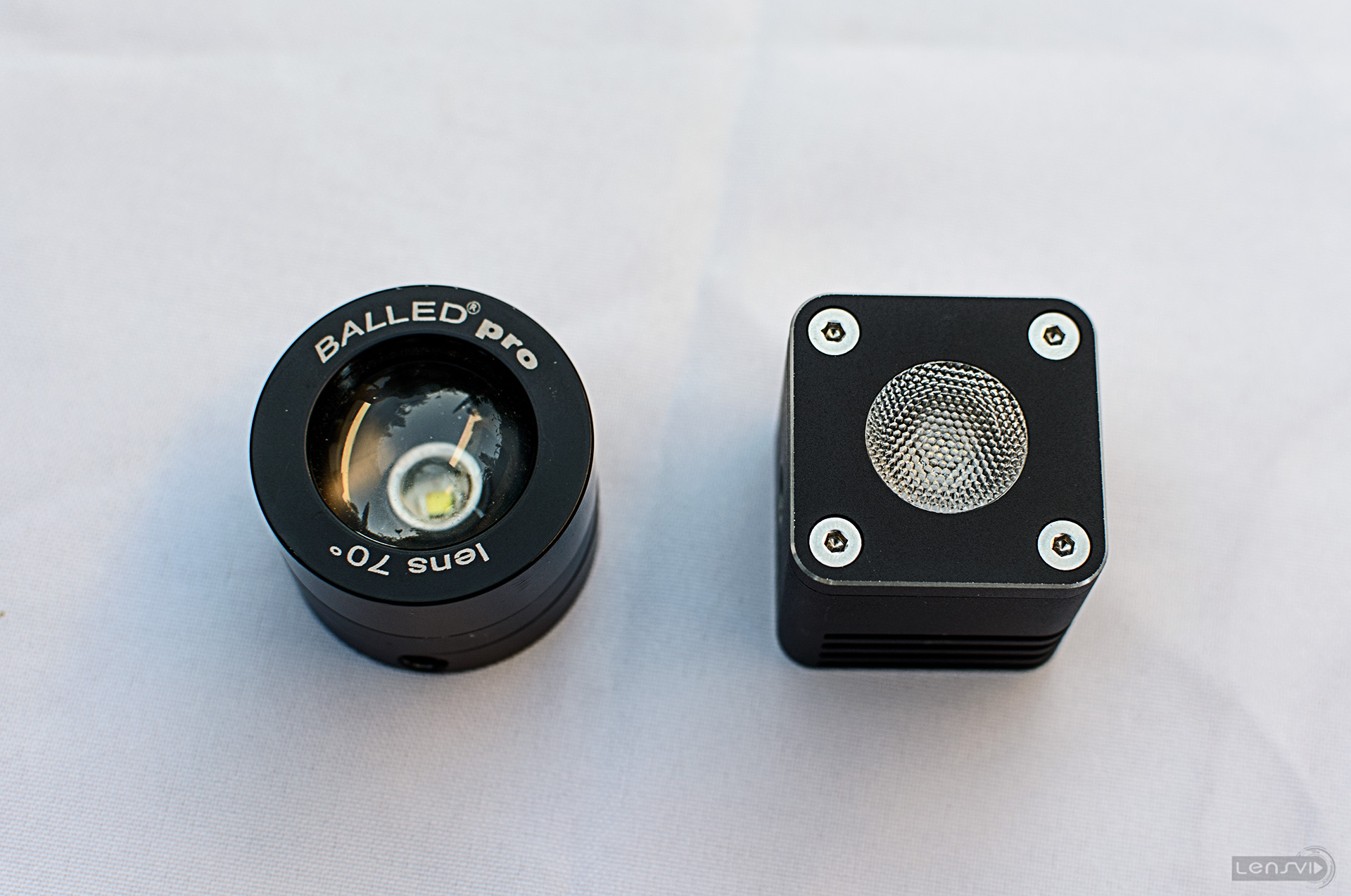 The Relio doesn’t have an on/off switch or a dimmer for changing the power of the light so we asked the developers for an explanation and they told us that adding a dimmer would have compromised the quality of the light when dimmed down (again the general philosophy with the Relio was to create something very simple, very robust, inexpensive and high quality at a relatively low price).
The Relio doesn’t have an on/off switch or a dimmer for changing the power of the light so we asked the developers for an explanation and they told us that adding a dimmer would have compromised the quality of the light when dimmed down (again the general philosophy with the Relio was to create something very simple, very robust, inexpensive and high quality at a relatively low price).
The same goes for the battery. The Relio has no internal battery and you will have to use either an external one (which we used successfully – see our recent review of the PowerAdd Pilot Pro 32000mAh Battery), or a USB powered device (computer, USB-to-AC adapter etc.). Adding a built in battery would, according to the developers of the Relio, compromised the life of the device as Li-ion batteries typically die after two years or less.
What we suggested to the Relio guys was to create a separate battery, which will have the same rectangle design as the Relio and will be physically connected to the unit (i.e. no cables) and will extend from the back of the unit. In this way you can have a single unit with both light and power which will be 100% portable and if the battery will die after a few years – you will always be able to buy another and still have the light functioning properly.
The Relio comes with two lenses. These are small transparent plastic coni shaped units one with about 15 degrees of light (narrow) and one with somewhat wider beam (around 31 degrees). We used the 31 degree lens most of the time as the light from it was less focused, but it really depends on what you want to do with the light. Switching lenses requires a small allen wrench which comes with the unit (make sure you don’t loose it) and takes about 2 min (don’t worry – you would most likely just pick one lens and use it most of the time).
Adding gels and diffusing the lights were the weak points of the pre-production unit we tested. The thing is that this is most likely going to change with the final Kickstarter and commercial version so we don’t see much point in talking about it from our experience (the Relio team is working on some interesting solutions as we were told). It is important however in our view to have simple, quick and easy to use, effective methods for adding colored gels and different types of diffusers to the Relio for making the light much softer (as the light from the Relio is pretty concentrated – even with the wider lens).
Performance
There are 4 aspects that has to do with performance that we we tested:
- Power – It is hard to exactly convey how powerful the Relio really is. We tried to do this on the video (starting at ~17:00 min) but we also did a few comparative images looking at the Relio with the two lenses and comparing both to the Balled Pro (which you can also see on our video and we discussed here as well).Relio – 15 angle lens (1 meter / 3 feet away light spread)
 Relio -31 angle lens (1 meter / 3 feet away light spread)
Relio -31 angle lens (1 meter / 3 feet away light spread)

Balled Pro – 70 angle lens (1 meter / 3 feet away light spread)

As you can see the Relio and the Balled Pro are very different – the Relio is much stronger but has a very different type of light – our conclusion is that each light might be good for a different task (Balled Pro for wider scenes when very uniform light is required, the Relio is for when you need more concentrated powerful light). - Color – To really test CRI you need specialized (expensive) equipment such as the C-700 SpectroMaster from Sekonic (which can do some really amazing tests). We did some pretty informal testing (which you can see in the video – around 6:05 min – and the results seemed pretty good, however we will try and add some color test charts later on to this review (our new ColorChecker chart is on its way and should arrive soon).
–
High CRI

- Flickering – if you consider buying the Relio and using it on a video, you need to know that it won’t flicker (some LED lights flicker and most CPLs do). We tested the Relio at very high and very low shutter speeds and didn’t detect even a hint of flickering.
–
Some high FPS video segments shot by the Relio people with iPhone 6 at 240fps
[youtube]https://www.youtube.com/watch?v=C649rRMx2wk[/youtube] - Thermal – the Relio does get warm after 10-15 min of use, however from our experience it never got too hot that you got burned from holding it (even after more than an hour). Still, for version 2 of the Relio we would recommend more cooling fins or a somewhat larger body that will dissipate heat better.
Conclusion
If you are looking for a a small, portable light that you can take with you in almost and bag along with a USB power bank and use to light small objects or set with a gel to add some interesting color in the background, Relio is a great option.
Relio – small, useful and simple to use
 Interestingly, Relio appeals to many users which are not photographers due to its small size, low cost and high quality light (including people who test minerals who are interested in specific colored versions of the Relio which will have specific wavelengths of 670nm, 595nm, 535nm and 455nm).
Interestingly, Relio appeals to many users which are not photographers due to its small size, low cost and high quality light (including people who test minerals who are interested in specific colored versions of the Relio which will have specific wavelengths of 670nm, 595nm, 535nm and 455nm).
Colored versions of the Relio – for professional use
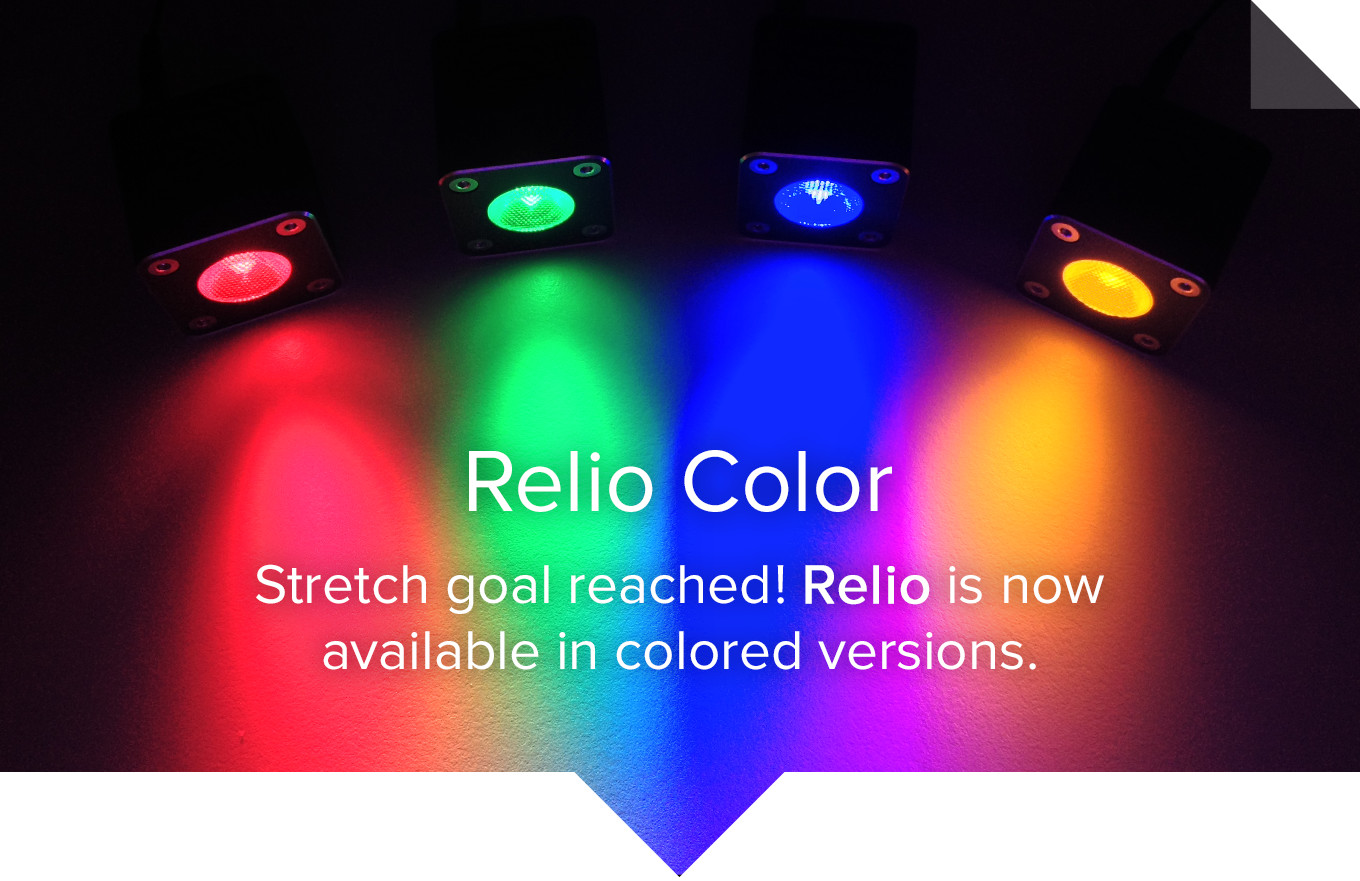 Getting back to photographers, the Relio is a part of a new generation of LEDs which are powerful yet compact and require very little power. There is practically nothing bad that we can say about the Relio (maybe apart from the slight heating after some time), however there are a few things that we would like to see in the final commercial product (or at least as add-ons that you will be able to purchase later). The first is a compatible battery (li-ion and possible even a second version with 2 or 4 AA batteries), which will be attach to the back of the Relio (and maybe to the bottom 1/4″ 20 for security) and make a complete portable unit which can power itself for a long time and look seamless (preferably made from the same cool looking black covered aluminium).
Getting back to photographers, the Relio is a part of a new generation of LEDs which are powerful yet compact and require very little power. There is practically nothing bad that we can say about the Relio (maybe apart from the slight heating after some time), however there are a few things that we would like to see in the final commercial product (or at least as add-ons that you will be able to purchase later). The first is a compatible battery (li-ion and possible even a second version with 2 or 4 AA batteries), which will be attach to the back of the Relio (and maybe to the bottom 1/4″ 20 for security) and make a complete portable unit which can power itself for a long time and look seamless (preferably made from the same cool looking black covered aluminium).
Apart from the battery (and an on/off switch which we really hope will be integrated into it as well), the Relio needs a better way of diffusing the light. Although for some uses the spot nature of the Relio is useful – we found that diffusing the light using semi transparent paper or acrylic sheet can be very useful but you need to play with it – it would be nice if something of this nature (which will be more professional and less DIY) will either come with the kit or be sold separately by the company.
Finally a better way for connecting colored gels is needed. We got a pre-production unit so the solution for gels was not really built in – we were told that a new, better solution is in the making and we are waiting to see how it will look.
We have talked to the developers of Relio about all of these changes/additions and they have been very open to our ideas and will look into them.
The Relio Kickstarter campaign is reaching its final phase and the developers already reached their goal – if you still want to get a unit in the Kickstarter price which is just under 70 euros (or just under $76) you can grab one here.
What we liked
- Good build quality.
- Powerful for the size.
- Very good color reproduction (CRI 92/96 officially).
- Option to change the angle of the light (two lenses included in the kit).
- Relatively inexpensive.
What we think could be improved
- No built in battery (a custom battery that will be attached directly to the unit with the same design and on/off switch is something the company is already considering).
- More ways to diffuse the light are needed in the kit.
- A bit better heat dissipation (the Relio isn’t too hot to the touch but it does get pretty warm).
Three images we shot using the Relio
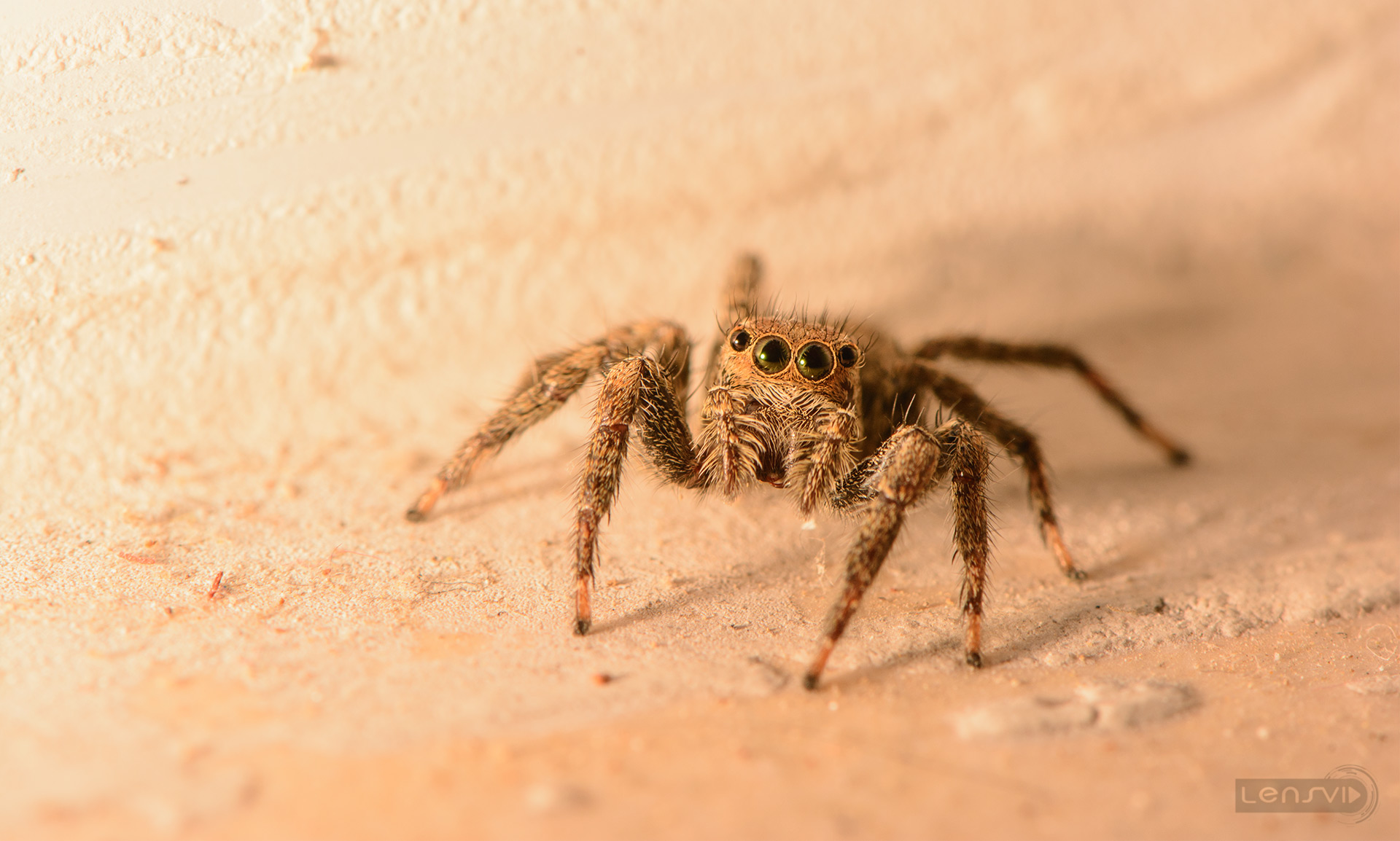

 You can check out more LensVid exclusive articles and reviews on the following link.
You can check out more LensVid exclusive articles and reviews on the following link.

You can support LensVid by shopping with our affiliate partners
Affiliates: Amazon, B&H, Adorama and E-bay.
Why should you trust us?
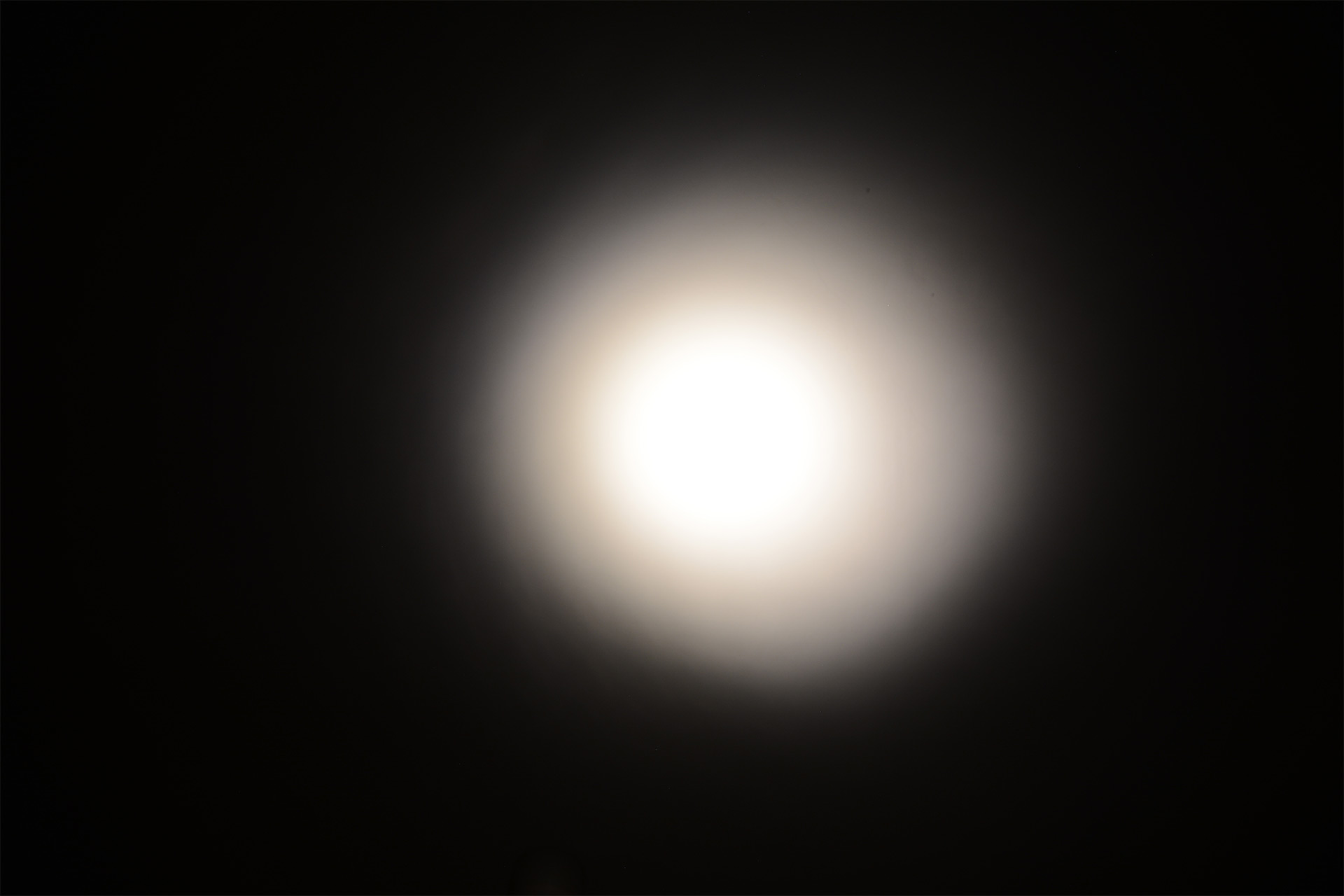
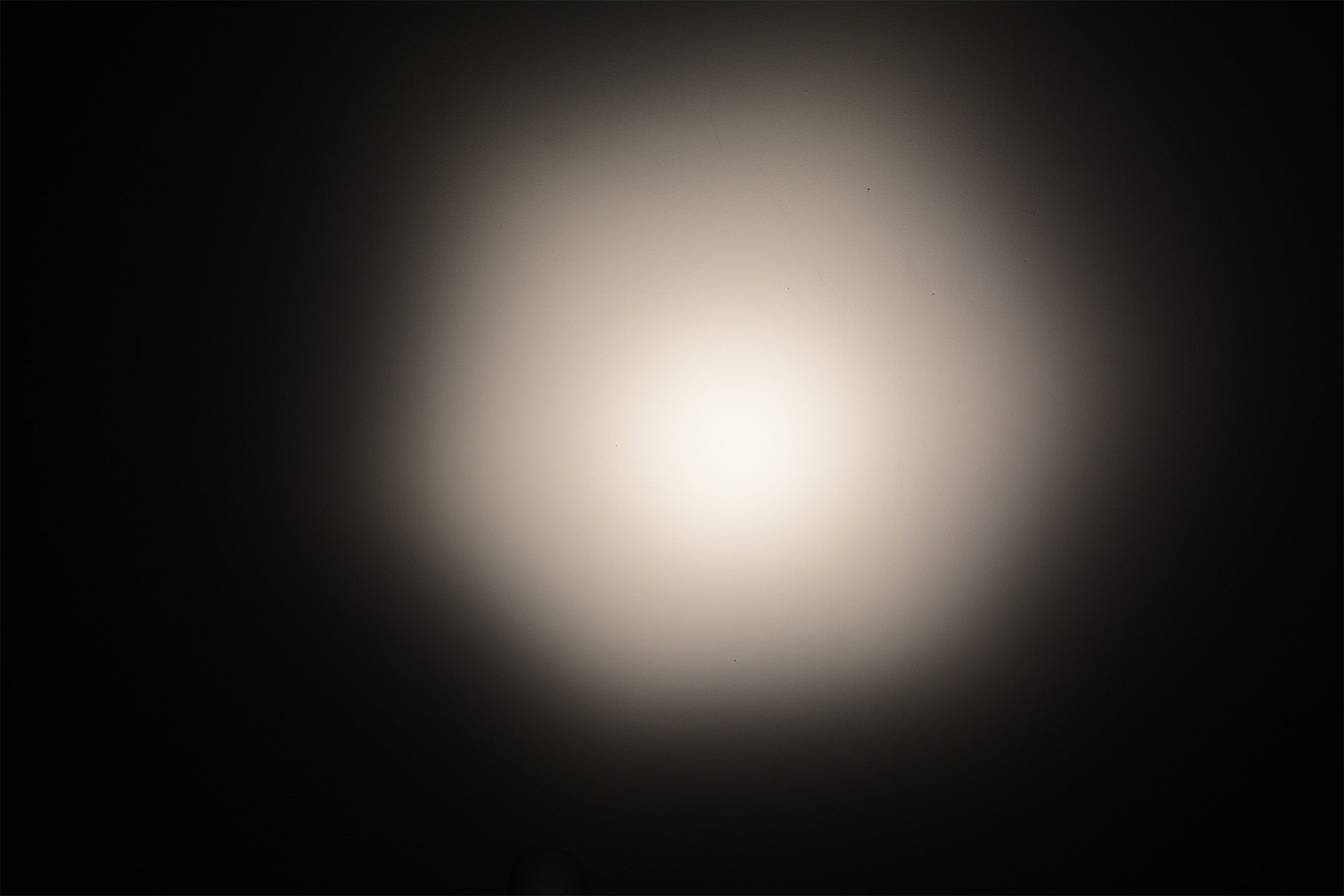
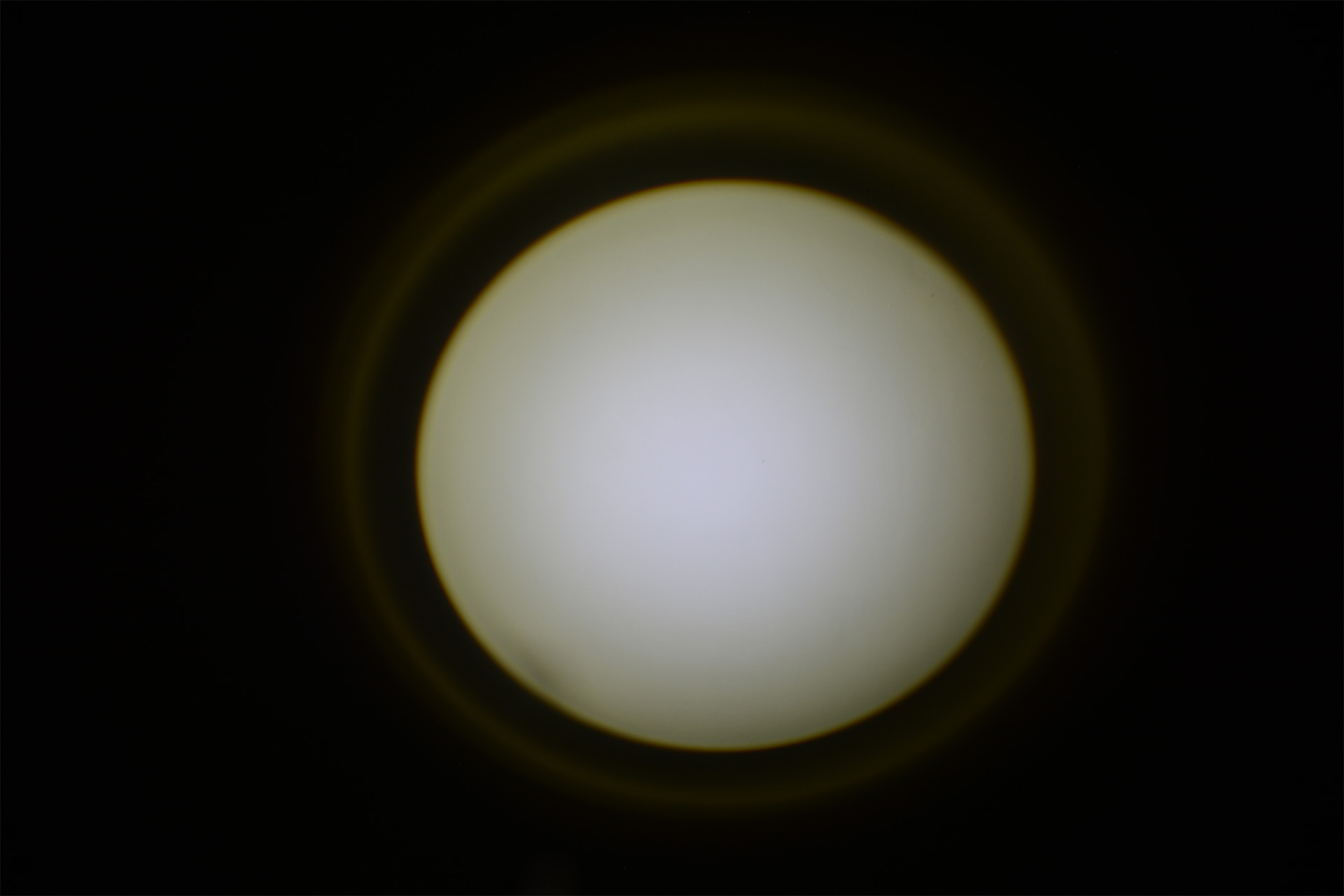
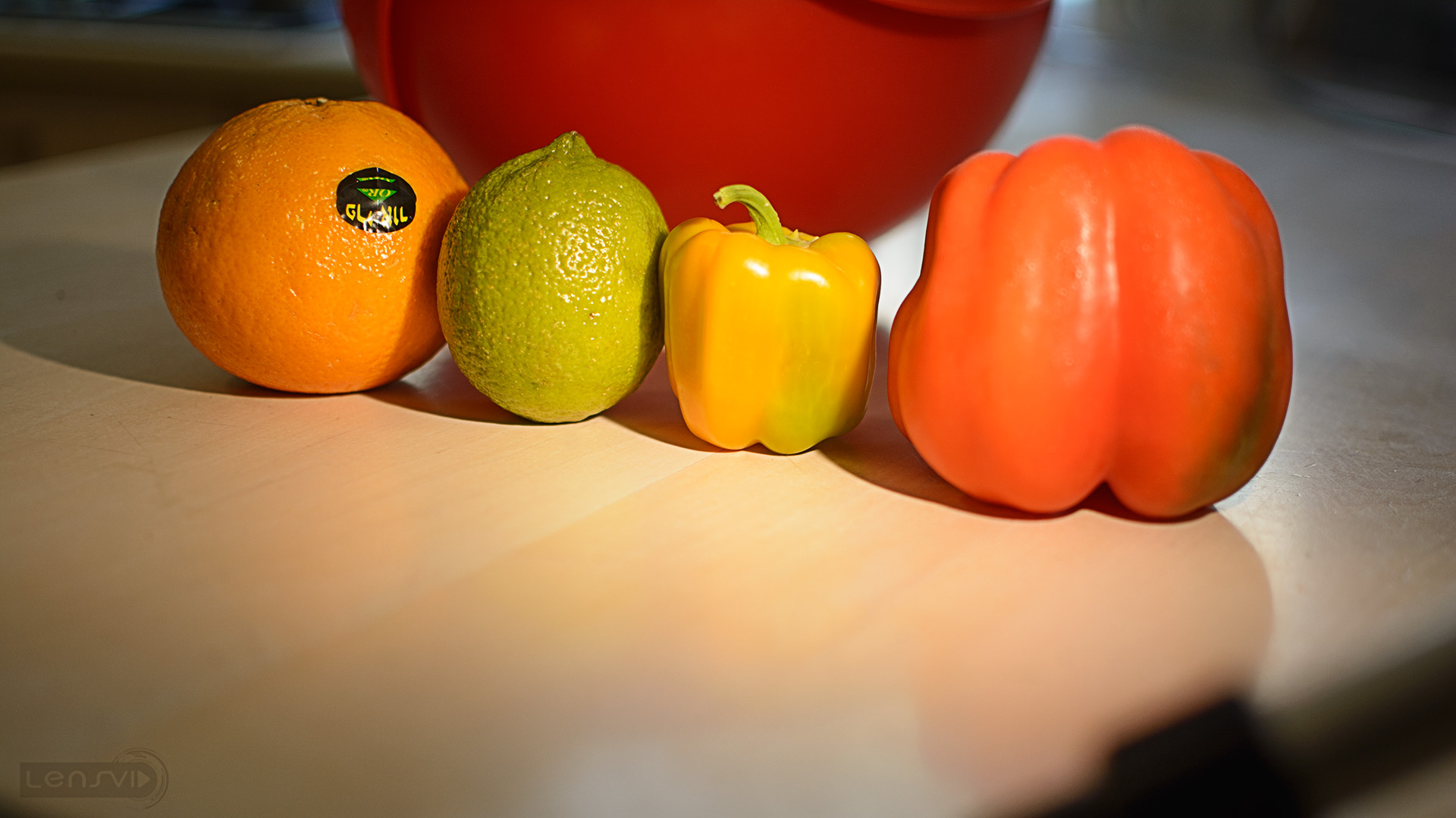
I love that base you had on the Balled Pro….the 1/4 20 multiple mount….what is it called and where can I find one?
Ebay:
https://www.ebay.com/sch/i.html?_from=R40&_trksid=p2060353.m570.l1313.TR0.TRC0.H0.XVersatile+Metal+Magic+Ball+%2B3+1%2F4-3%2F8%22.TRS0&_nkw=Versatile+Metal+Magic+Ball+%2B3+1%2F4-3%2F8%22&_sacat=0
Very useful unit.